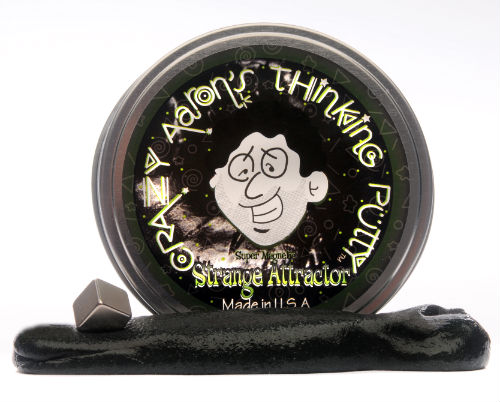This is going to be one of those ‘not the most exciting fun-filled’ topics we covered. But we these things are important and it is good for us to let people know about them. So without Further ado we give you Disposable Transfer Pipettes!

Disposable Transfer Pipettes are something of an unsung hero of the labware world. While glass beakers and cylinder get a lot of the attention, these little plastic eye-dropper thingies solider on taking small quantities of a sample material and placing it into PCR plates, concave microscope slides or other containers.
Tranfer Pipettes are made of clear, low-density polyethylene (LDPE) so they are soft and easy to manipulate. The material makes them easy to produce so they are inexpensive. They save a lot of labor that might require a lot of washing & cleaning between procedures. The LDPE is surprising durable, able to handle low temperature liquid nitrogen exposure (-196C). The LDPE tips of the pipettes can also be heat-treated to make a completely sealed sample. All you need is a match or light and you have an instant air-tight mini liquid storage container
Transfer Pipetttes have three parts: The bulb, the shaft and the tip. The bulb is the reservoir for the majority of the liquid held by the transfer pipette, it is also the part that gets squeezed to draw in liquid or expel it. On non-disposable pipettes a filler bulb needs to be attached or a mechanical pipettor used.
The shaft holds part of the liquid and can be graduated or not graduated with markings to show how much liquid is in the pipette. This can be handy for measuring small quantities of liquids.
The tip can vary in size – standard tips are still pretty small and will require about 25 drops per ml. Special ‘thin-tip’ pipettes are made that can require 50-66 drops per ml. This can be handy for tight control of small quantities of a liquid material.
Disposable Transfer Pipettes come a variety of sizes, but they still only hold a small quantity of liquid. Typical is around 5ml total, with a few lines that hold 7ml. Some specialty pipettors can hold 3ml, 4ml or 1.2ml. Typically the average transfer pipette is about 6″ (150mm) long.
Spectrum Scientiics has carried disposable transfer pipettes since our opening day. Typically we carry a 5ml model that is sold in a 5-pack and has 1ml graduations on the shaft. They are not sterile. Now however we have added a wide variety of individually-wrapped and sterile disposable transfer pipettes sold in packs of 500. The sizes we have added are:
5ml Pipettes with 0.5ml graduations on the shaft, a 3.5ml reservoir, and a tip that dispenses 22 drops per ml
7ml Pipettes with 1ml graduations on the shaft, a 3.5ml reservoir and a tip that dispenses 23 drops per ml
3ml Pipettes with 0.5ml graduations of the shaft, a 1.5ml reservoir and a tip that dispenses 22 drops per ml
5ml ‘Thin-tip’ Pipettes with no graduations, a 3,5ml shaft, and a tip that dispenses 65 drops per ml
1.2ml “Shorty” Pipettes with no graduations, a 0.9ml bulb and a tip that dispenses 25 drops per ml
5ml Pipettes with 1ml graduations on the shaft, a 3.5ml reservoir and a tip that dispenses 25 drops per ml.
5ml “Blood Bank Standard’ Pipettes with 0.5ml graduations on the shaft, a 2.4ml reservoir, and a tip that dispenses 22 drops per ml
5ml ‘Thin-tip’ Pipettes with a descending shaft (no graduations), a 1.5ml reservoir, and a tip that dispenses 50 drops per ml
7ml ‘Thin-tip’ pipettes with no graduations, a 6.0ml reservoir, and a tip that dispenses 66 drops per ml.
4ml Pipette with no graduations, a 3.5ml reservoir, and a tip that dispenses 28 drops per ml.
All of these pipettes are sold in packs of 500 individually wrapped, sterile pipettes. They are ideal for microbiology, blood banking, hematology, immunology, urinalysis, and tissue culture applications.
Want to buy other laboratory disposable items?
www.spectrum-scientifics.com









